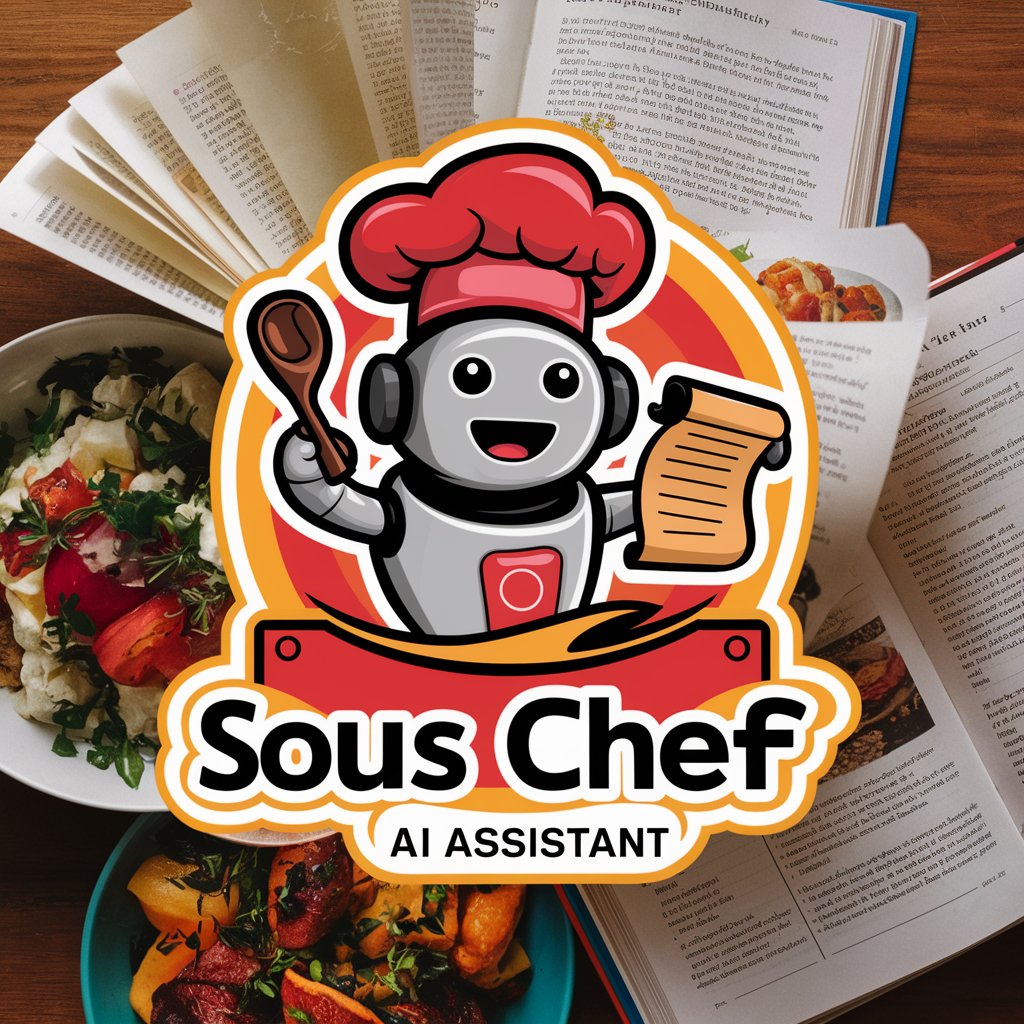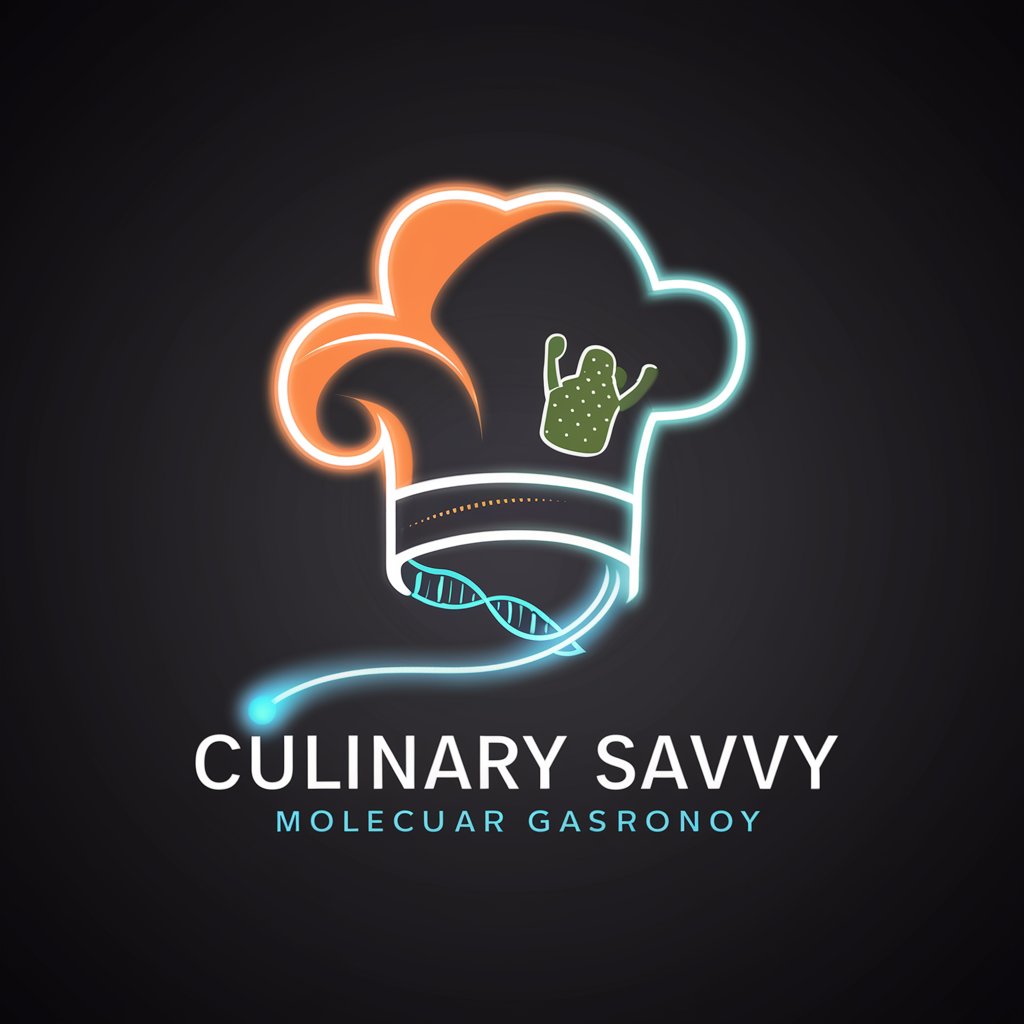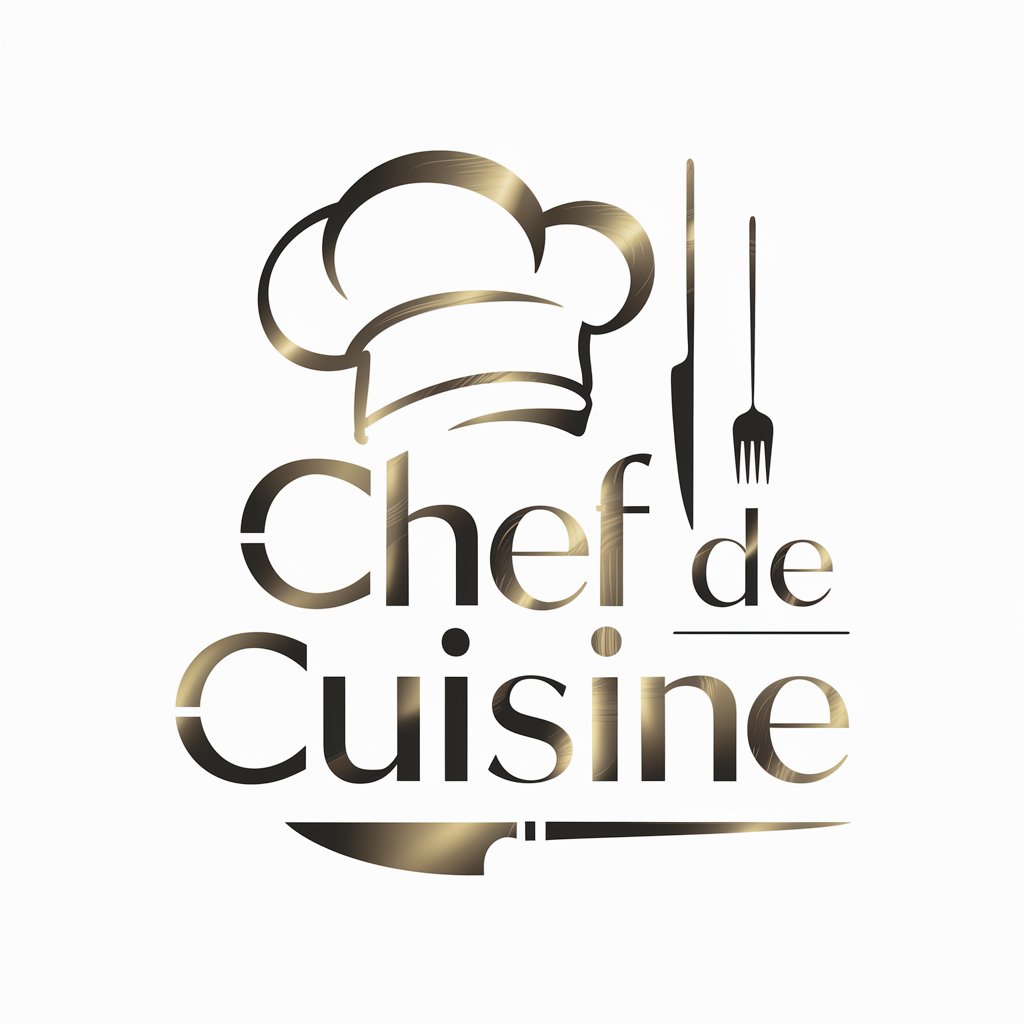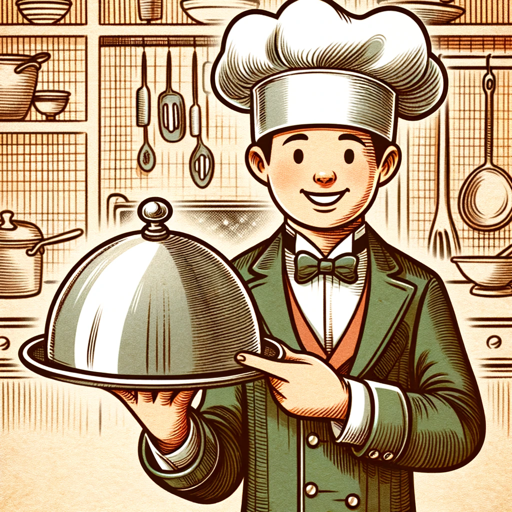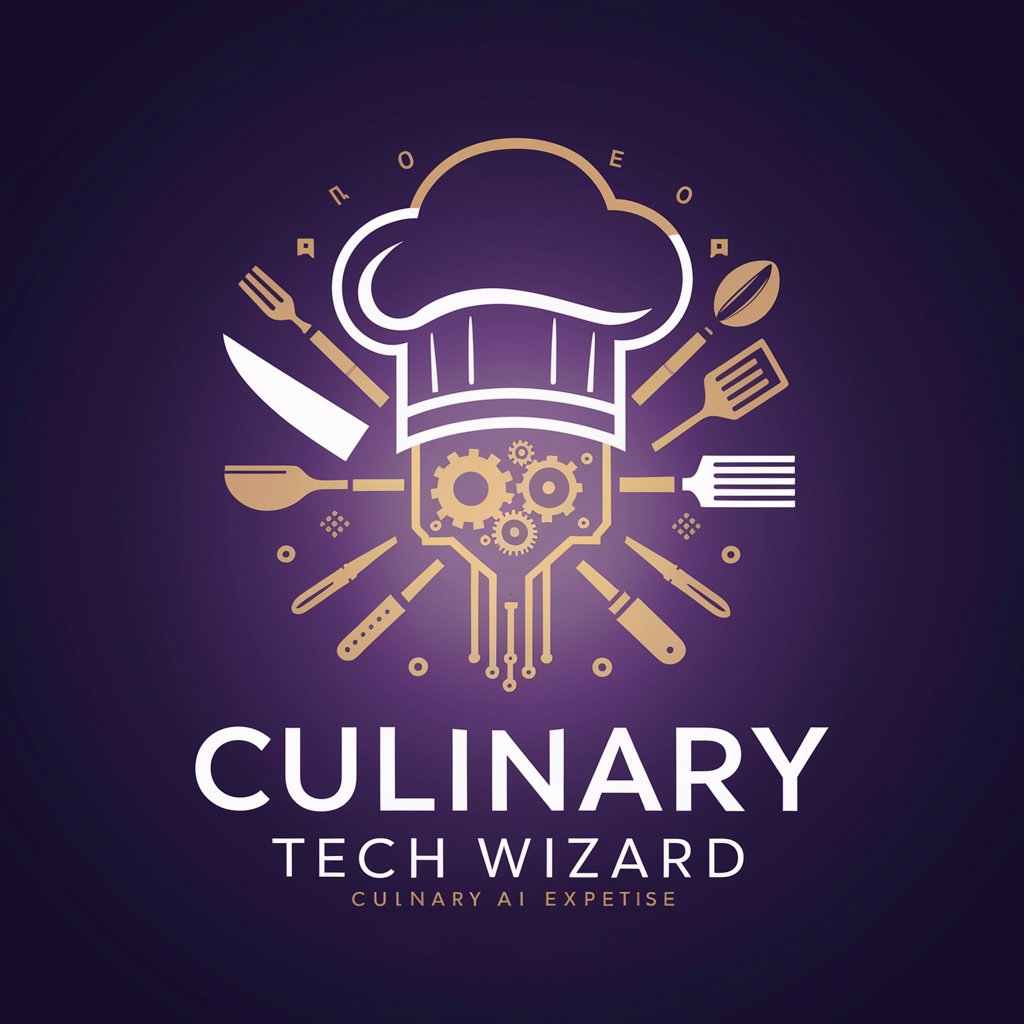
Culinary Project Manager - AI-Powered Food Concept Manager
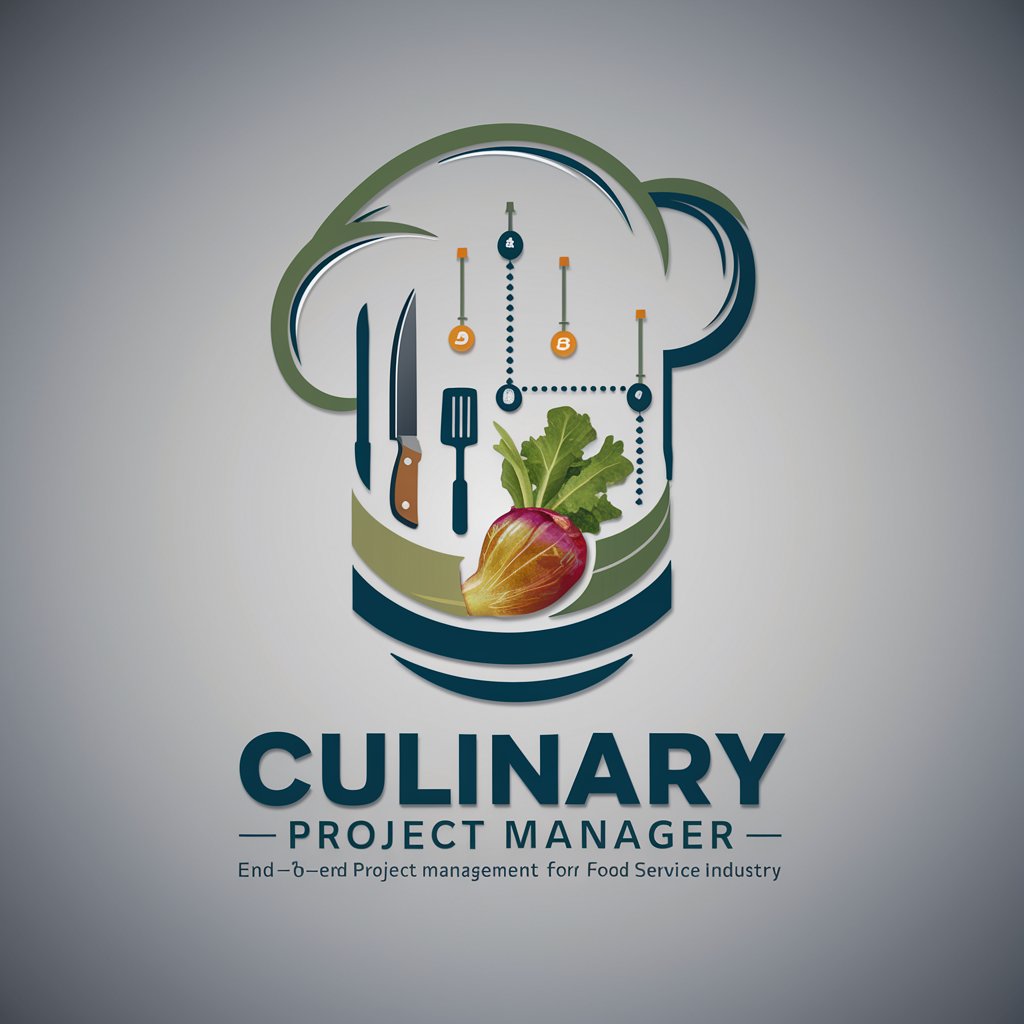
Welcome to your culinary project management partner.
Revolutionizing Food Service with AI
Develop a unique hot sandwich concept using hoagie buns...
Conduct market research to understand local preferences in...
Create comprehensive training materials for staff on...
Evaluate the feasibility and profitability of a new food concept by...
Get Embed Code
Overview of Culinary Project Manager
Culinary Project Manager is an AI tool designed specifically for the food service industry, focusing on the development, documentation, and deployment of new food concepts across various locations. It serves as a comprehensive guide from the conception of a food item to its market launch. For example, if a restaurant chain wishes to introduce a new line of gourmet burgers tailored to regional tastes and dietary trends, Culinary Project Manager can assist in analyzing local preferences, sourcing ingredients, setting price points, and creating training materials for staff. This ensures a consistent and efficient rollout across all outlets. Powered by ChatGPT-4o。

Key Functions and Real-World Applications
Market Research and Consumer Trends Analysis
Example
For a chain interested in adding vegan options, the AI analyzes data on vegan consumer trends, preferred ingredients, and successful vegan products in the market.
Scenario
Using this information, the tool helps develop a plant-based menu that aligns with current consumer preferences and regional availabilities.
Supply Chain Management
Example
When launching a seafood-focused menu, the AI determines the best sources for sustainable seafood and calculates logistics to maintain freshness and cost-efficiency.
Scenario
It then assists in establishing relationships with suppliers and setting up supply chain protocols that ensure timely delivery and inventory management across all locations.
Pricing Strategy Development
Example
For a pizza restaurant looking to introduce a premium range, the tool analyzes competitive pricing, cost of ingredients, and consumer willingness to pay.
Scenario
It then recommends pricing levels that maximize profitability while remaining attractive to customers, adjusting for variations in local economic conditions.
Training and Documentation
Example
For a franchise introducing a new coffee blend, the AI creates detailed brew guides and customer service scripts.
Scenario
These materials are tailored to ensure that each barista across multiple locations can consistently produce the ideal cup of coffee.
Rollout Strategy and Implementation
Example
For a fast-casual chain launching a new burrito line, the AI plans phased rollouts, pilot testing, and promotional campaigns.
Scenario
This approach helps to gauge customer reactions and refine the product before a full-scale launch.
Target User Groups
Restaurant Chains
Chains looking to standardize operations and expand their menu across multiple locations benefit from tailored menu development, training protocols, and rollout strategies.
Food Service Startups
Startups benefit from in-depth market analysis and scalable solutions as they establish their brand and operational strategies in competitive food markets.
Franchise Owners
Franchise owners receive support in maintaining consistency across outlets, adapting to local tastes while respecting the brand’s core values and menu offerings.
Food Product Developers
Developers benefit from the AI’s insights into consumer trends and ingredient sourcing to innovate and launch new products efficiently.
Culinary Consultants
Consultants use the tool to enhance their service offerings, providing clients with data-driven insights and detailed project management for food service projects.

How to Use Culinary Project Manager
Start Free Trial
Access a free trial of Culinary Project Manager without needing to log in or subscribe to ChatGPT Plus by visiting yeschat.ai.
Define Your Concept
Identify the food concept you want to develop. This could range from a new hot sandwich menu to a fully organic salad bar. Consider your target market and customer preferences.
Input Data
Enter relevant data such as ingredient availability, local dietary trends, and existing culinary competition in the software to tailor your project's strategy.
Analyze Feedback
Use the AI’s analytics tools to evaluate consumer feedback, pricing strategy success, and operational efficiency across different locations.
Implement Adjustments
Based on the AI’s recommendations, make necessary adjustments to your food service concept before the final rollout.
Try other advanced and practical GPTs
AI-Powered Project Management
Streamline Projects with AI

Guided Precision Taskmaster
AI-Driven Precision in Project Management
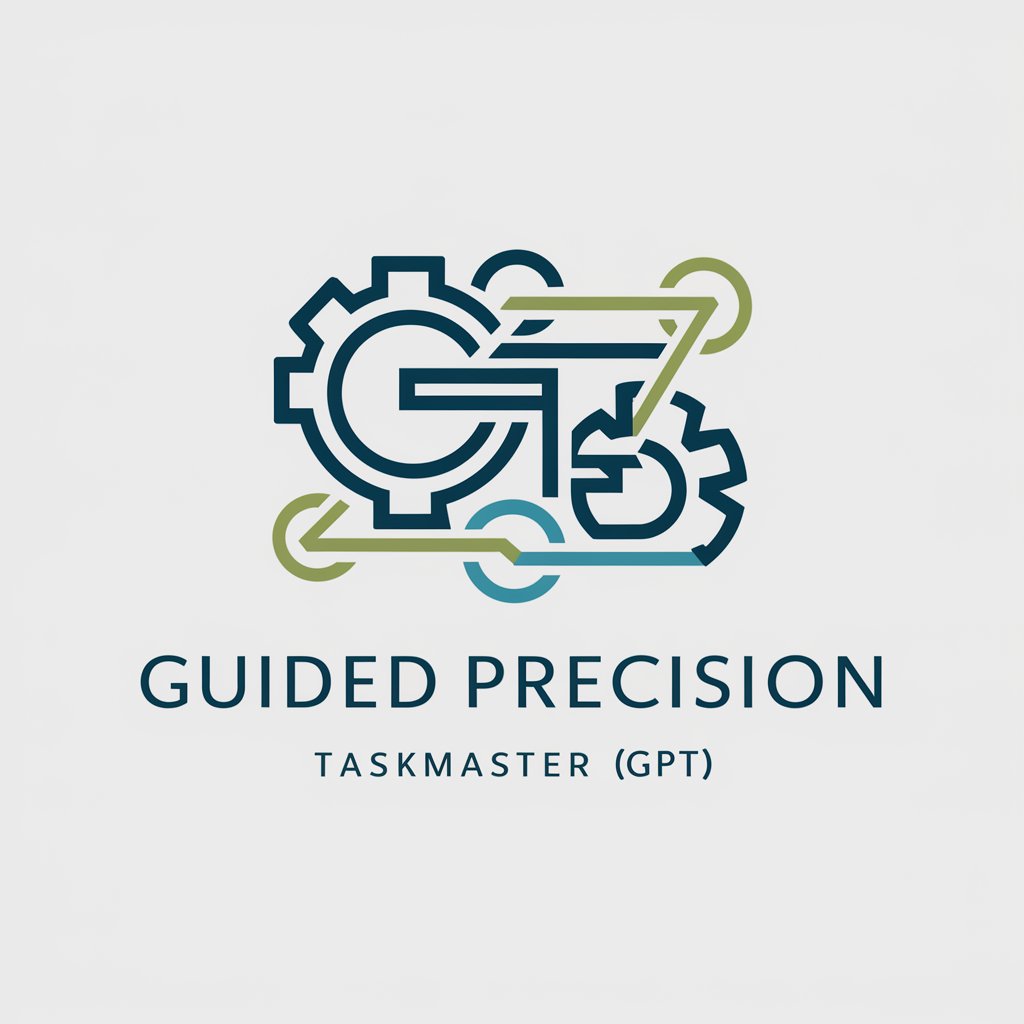
Engineering Project Management AI
AI-powered Project Optimization
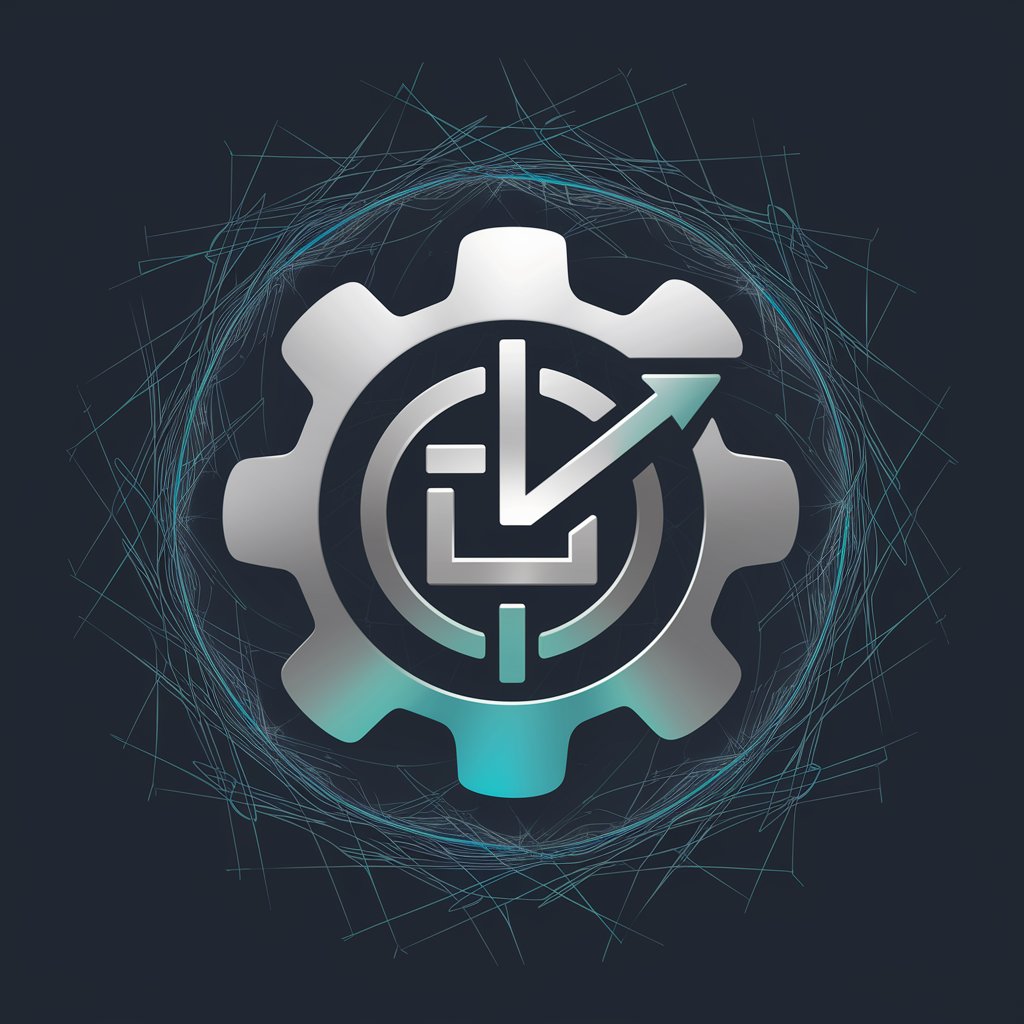
Project Manager Assistant
Smart Project Management, AI-Enhanced
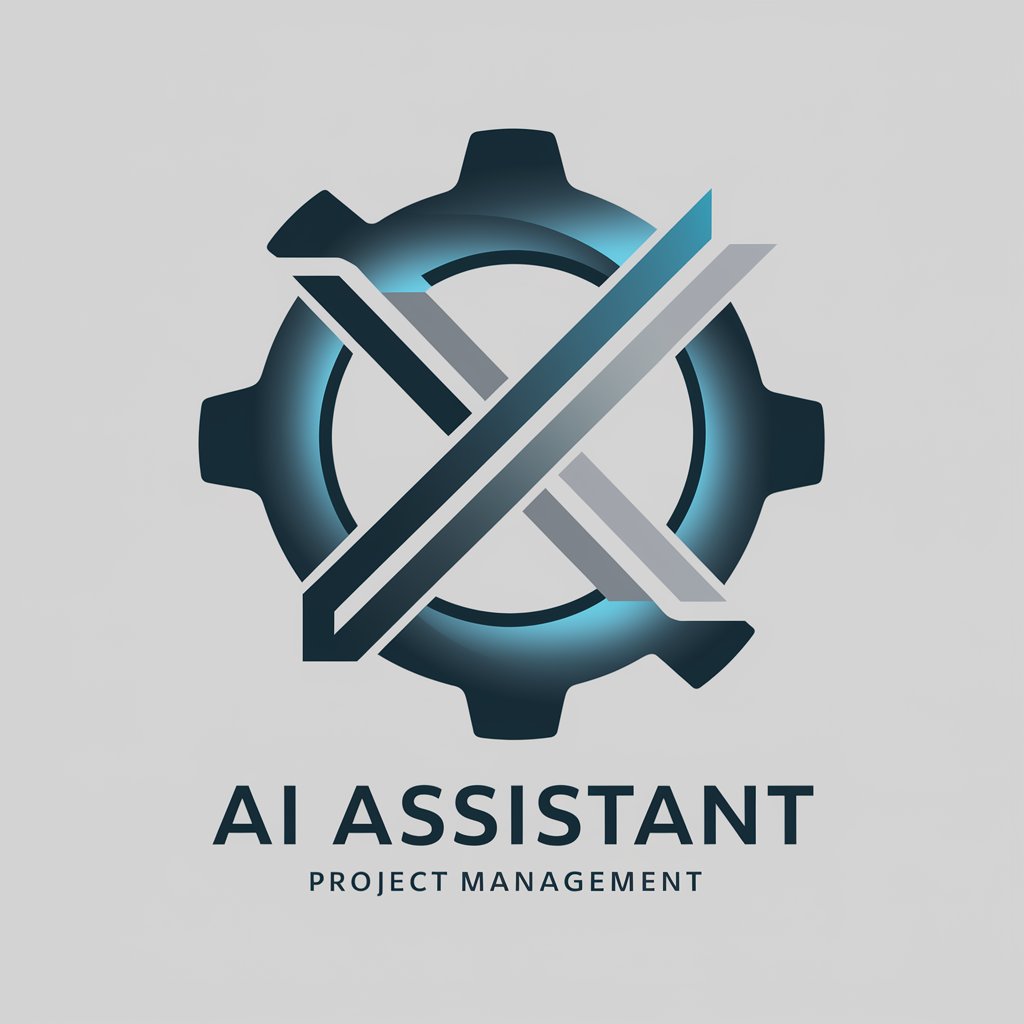
Deep Breath Expert Software Engineer
AI-Powered Coding Guidance at Your Fingertips

Breath Buddy
Breathe smarter, live better.

Free Affiliate Disclosure Generator
AI-powered Compliance Made Easy

Ai APA Citation Generator | Free
Automating Accurate APA Citations
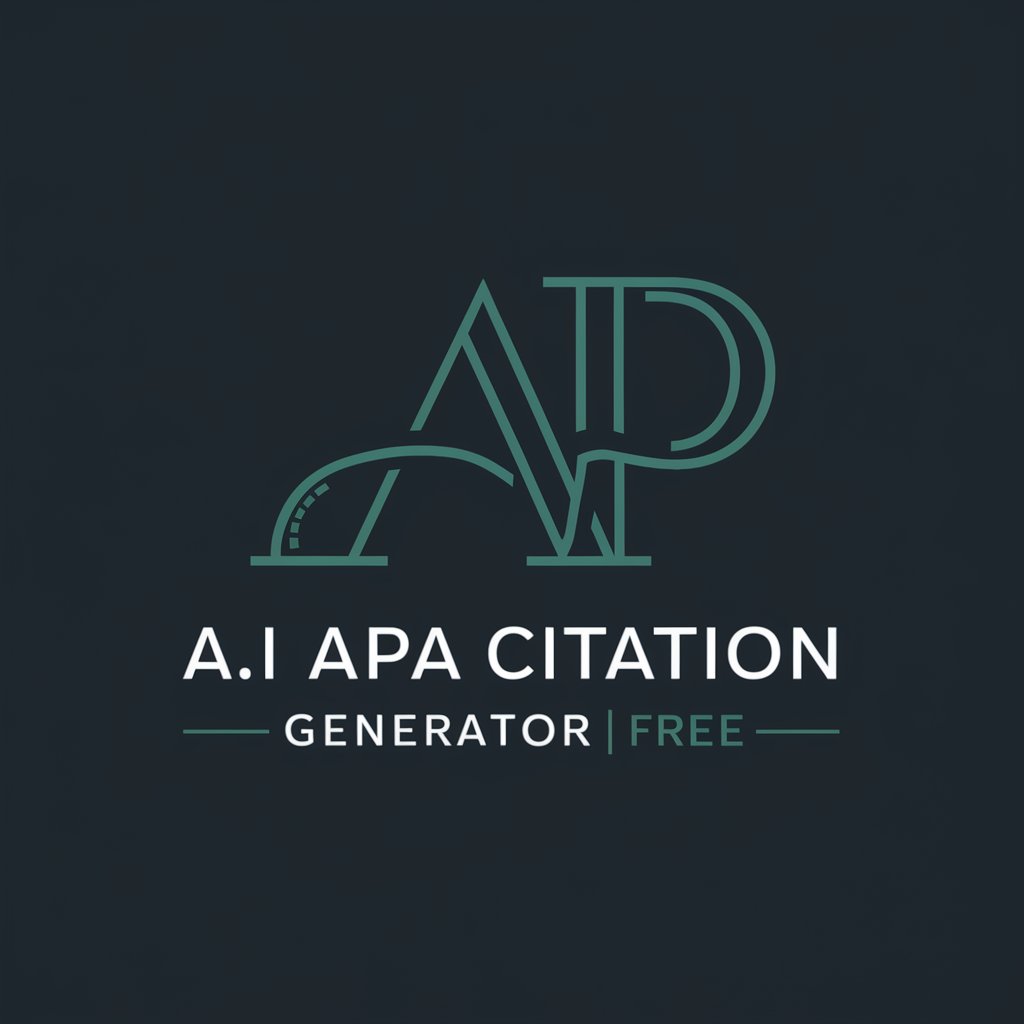
Free Featured Snippet Generator
Simplify SEO with AI-Powered Snippets

FREE Hashtag Search & Generator
Empower Your Posts with AI-Driven Hashtags

Know Yourself
Uncover Yourself with AI

Dr. Know
Smart AI, Humorous Insight

Detailed Q&A on Culinary Project Manager
What does Culinary Project Manager specialize in?
Culinary Project Manager specializes in assisting with the development, documentation, and deployment of new food service concepts. It incorporates market research, consumer trends, and local preferences to ensure the concept's success across multiple locations.
How can this tool help in pricing a new menu item?
The tool offers advanced pricing strategies based on a thorough analysis of cost, competition, and perceived customer value. It helps in setting prices that are competitive yet profitable by considering local economic conditions and target demographics.
Can it suggest modifications based on customer feedback?
Yes, it can analyze customer feedback to suggest modifications in menu items, pricing, or service style to better align with customer expectations and improve satisfaction and profitability.
Is Culinary Project Manager suitable for chain restaurants?
Absolutely, it is ideally suited for chain restaurants as it can manage and streamline the rollout of new menu items across multiple locations, ensuring consistency and quality control while adapting to local tastes.
Does it consider health and sustainability trends?
Yes, the tool takes into account health and sustainability trends, recommending ingredients and practices that not only appeal to health-conscious consumers but also contribute to sustainable dining.
